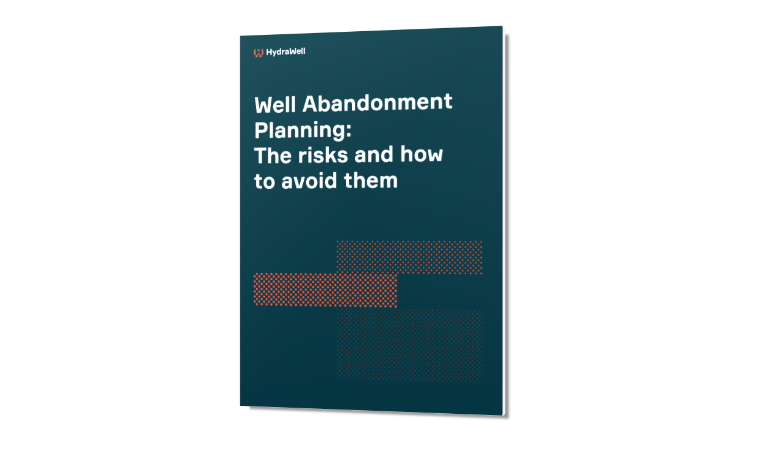Case Study
Perf, Wash and Cement®
PWC® SPECIFICALLY DESIGNED FOR COIL TUBING APPLICATIONS
HydraCT Successfully Deployed on Coil Tubing
AT A GLANCE
When: 2021
Scope: PWC® through tubing in 6-5/8" x 10-3/4" casing
Successfully installed cross-sectional cement barrier in casing with coil tubing positions
CLIENT CHALLENGE
The client initiated a full scale testing programme where various service companies would showcase new technology, for example, mechanical slot perforations and alternative PWC® solutions.
The client required a PWC® supplier which could wash and cement a 6-5/8" x 10-3/4" annulus avoiding rotation of the coiled tubing. By running coil tubing as the deployment method, rotation of the BHA is not possible, therefore a self-rotating washing BHA is crucial for coil tubing applications.
As an established PWC® technology pioneer at the forefront of well integrity operations, HydraWell trialled their newly developed HydraCT™ solution demonstrating effective cleaning avoiding rotation.
BACKGROUND
HydraWell has developed a new PWC® system, HydraCT™, specifically designed for coil tubing applications.
Rotation of the jet-washing tool is crucial to ensure circumferential annular cleaning. Our new coil tubing system is a
self-rotation, jet-propulsion washing tool which makes it possible to effectively and efficiently clean an annulus (or annuli) without rotation of the deployed pipe or coiled tubing.
HYDRAWELL SOLUTION
Access to the 6-5/8" x 10-3/4" annulus was achieved by running a mechanical perforator tool in hole. The 6-5/8" casing was mechanically perforated creating slots over a distance of 30 meters.
Our HydraCT™ BHA was surface (flow) tested prior to RIH. The jet-propulsion tool can be configured to 10-150 RPMs depending on the application and available flow rates on location.
During the wash job, HydraCT™ was self-rotating by pumping wash fluid from surface through the coil and the pre-configured wash nozzles, cleaning out the barite filled annulus, preparing it for the upcoming cement job.
The cement job was successfully performed by pumping class G slurry from surface, through the coil and jetted with high energy through the cementing nozzles in the cement tool, leaving a uniform, homogenous cement plug in the entire cross-section.

RESULTS & BENEFITS
After the cement had set up, it was tagged at the theoretical top of cement (TTOC), indicating the pre-calculated cement volume had found its way to the annulus through the slots in the casing. Hard cement inside the 6-5/8" casing was drilled out and a USIT/CBL log was run. The logging images showed perfect bond across the entire perforated interval.
As this was an onshore full scale testing operation, the fixture was pulled out of the ground and the cement quality and bonding assessed in more detail. The fixture was cut into several pieces to visually determine the cement quality across multiple positions of the test fixture. There is little doubt that the new HydraCT™ technology is an ideal solution for coil tubing applications.



Want a copy of the Case Study?
Download it here!


An introductory White Paper
Well Abandonment Planning
- The risks and how to avoid them
->> Fill in your details and get your copy now:





